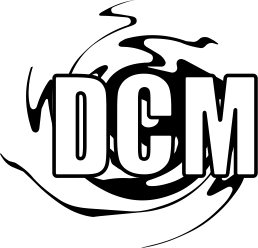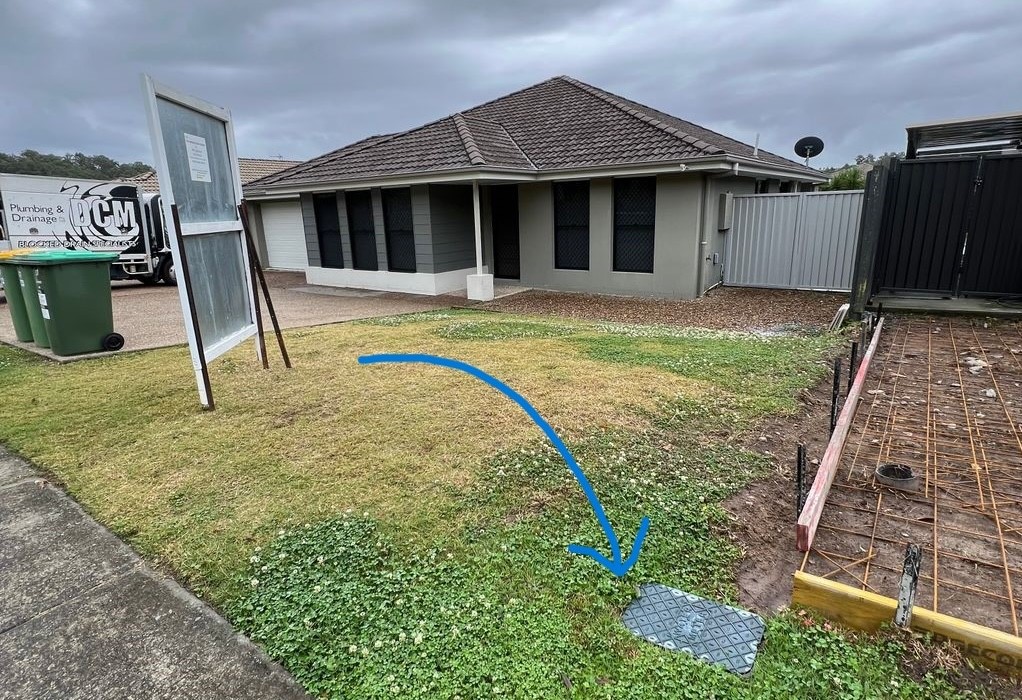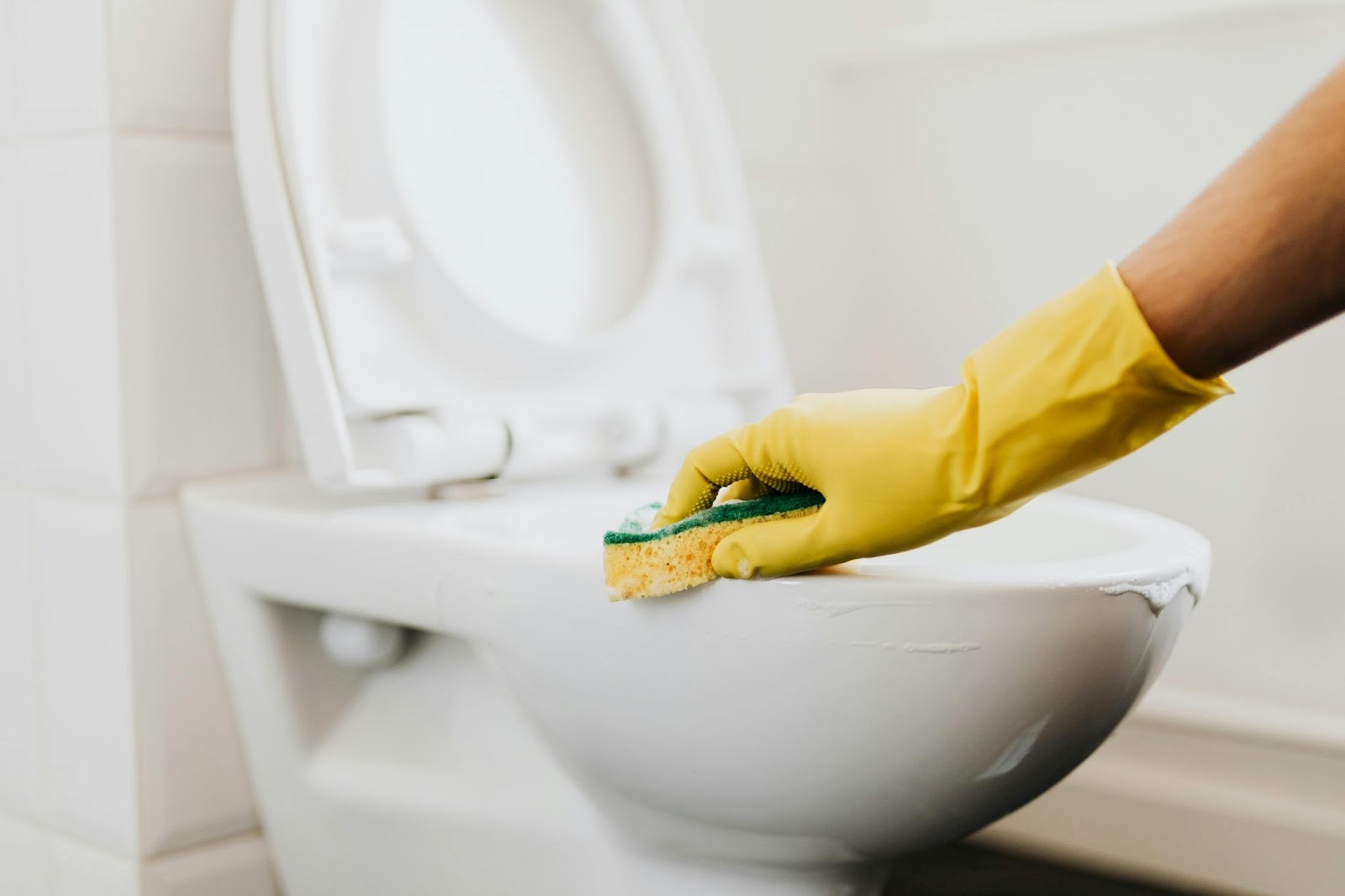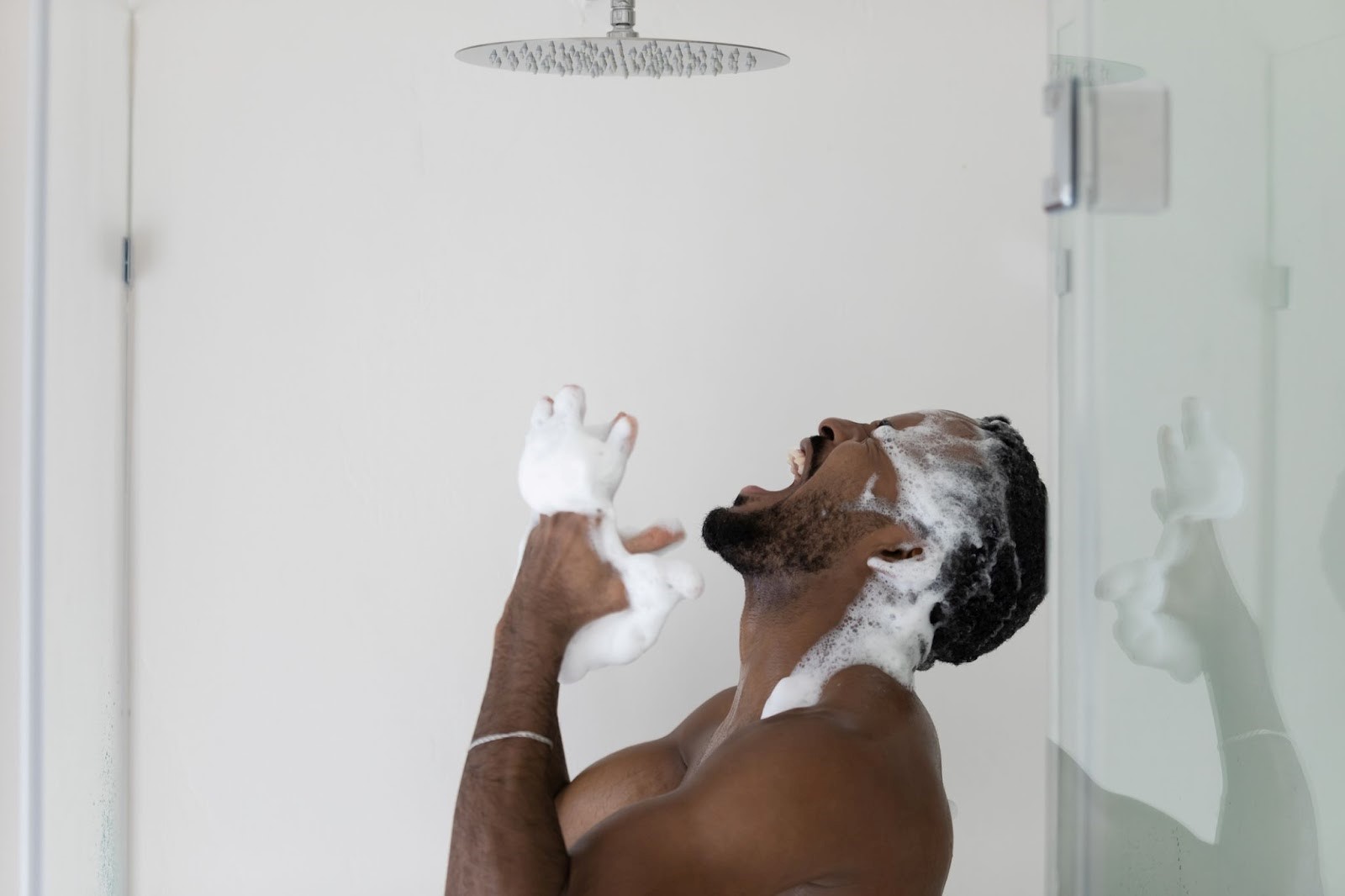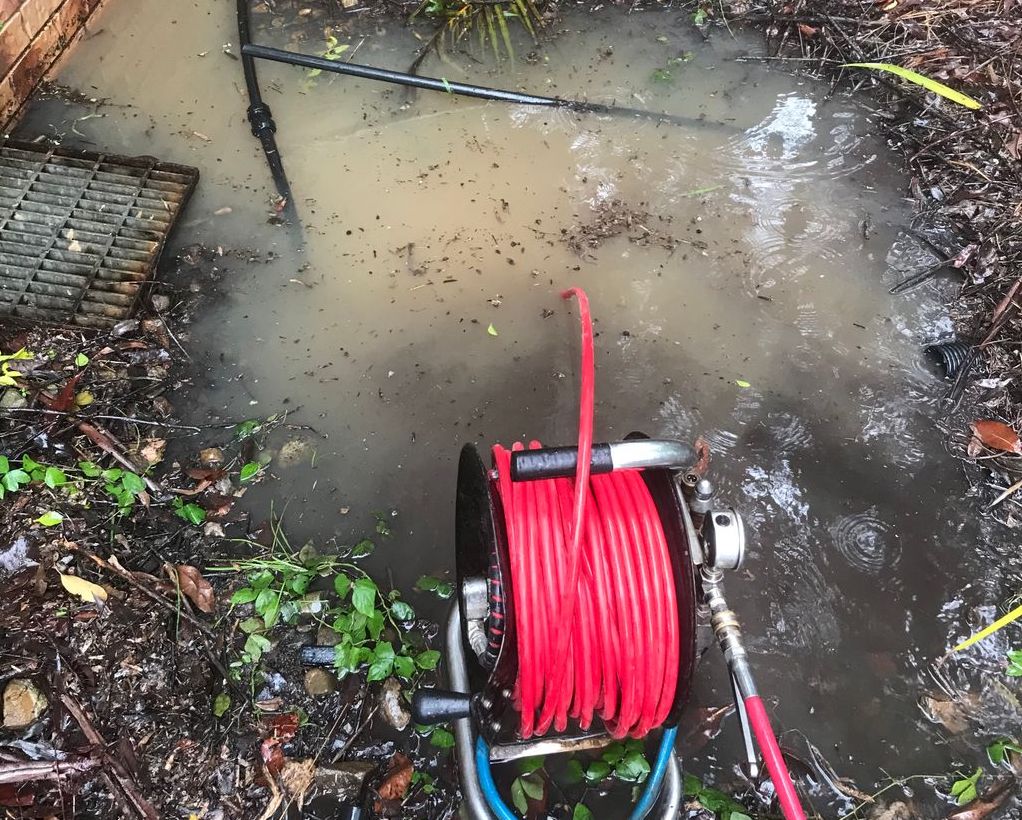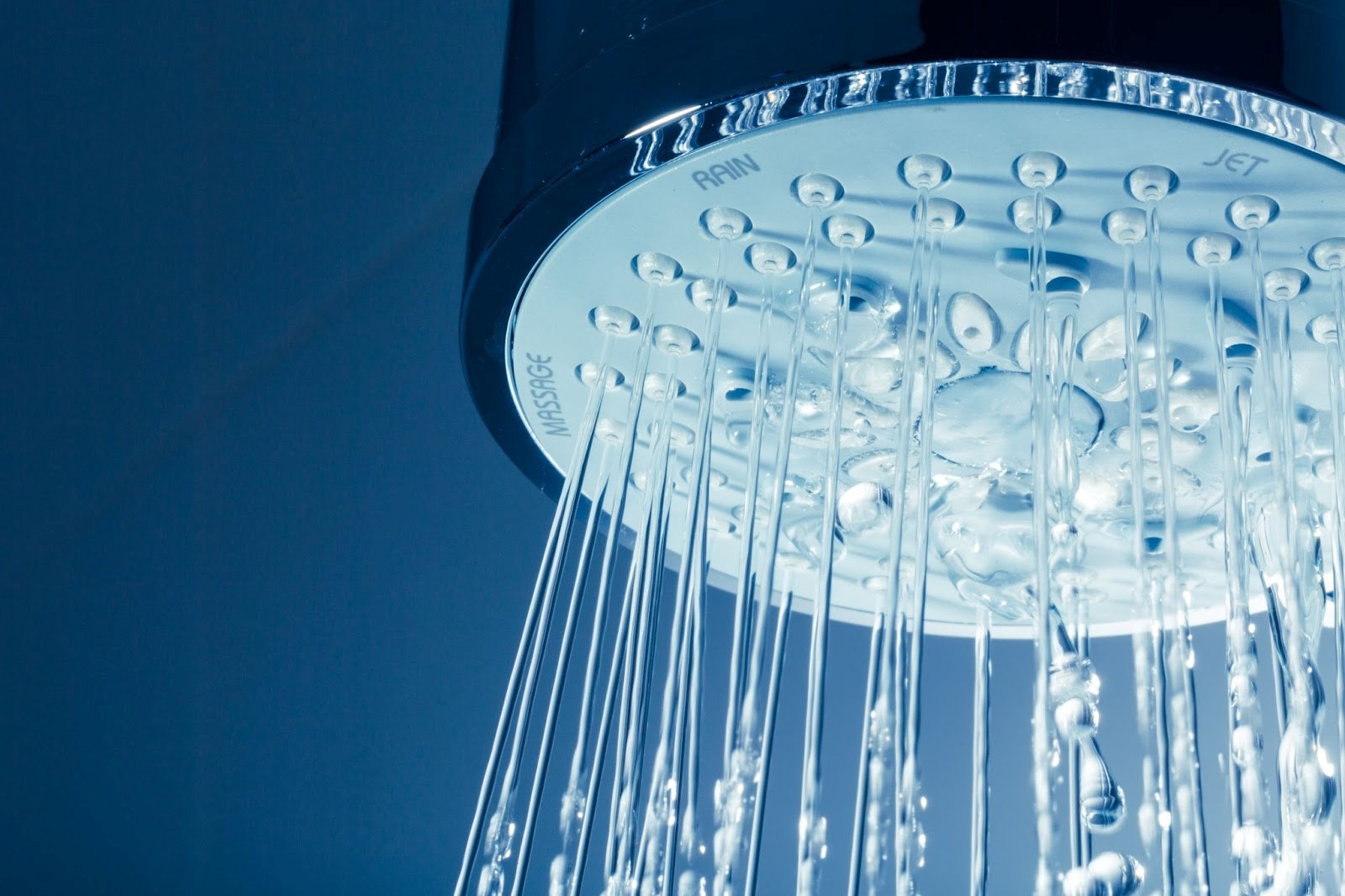A clogged bathroom sink is a common yet annoying problem in many households. It’s often caused by a buildup of hair, soap scum, and other debris, and figuring out how to unclog a bathroom sink can be difficult.
Fortunately, we’re here to help! Unclogging a bathroom sink is usually a simple task that doesn’t require professional help or expensive cleaning products.
How to Unclog a Bathroom Sink with Standing Water
For sinks with standing water, it indicates a complete blockage where the water cannot pass through at all, often requiring mechanical removal or dissolution of the blockage. If the sink drains slowly, the clog might be partial, providing more flexibility in the choice of unclogging methods, ranging from natural solutions to manual extraction.
- Begin by removing as much standing water as possible from the sink. You can use a cup or a small container to scoop the water out and then wipe the remaining moisture with a sponge or cloth.
- A plunger can be effective even for a sink. Cover the overflow hole with a wet cloth to ensure a vacuum, place the plunger over the drain, and pump it several times. This action can dislodge the blockage, allowing water to drain.
- Checking the P-Trap. The P-trap is the curved section of the pipe under the sink. Place a bucket underneath to catch any spillage, then unscrew the P-trap. Check it for obstructions and clean it out if necessary.
- If the clog isn’t in the P-trap, it might be further down. A plumber’s snake can help reach deeper clogs. Insert it into the drain and turn it to catch and pull out the obstruction.
- After clearing the blockage, flush the drain with hot water to wash away any remaining debris.
This method can effectively remove the clog, allowing water to flow freely again. Remember, if these steps do not resolve the issue, it might be time to call a professional plumber to avoid further damage to your plumbing system.
Unclogging Hair from your Bathroom Sink
Step 1. Manual Removal
Often, hair clogs are located near the drain surface. Wearing gloves, remove the stopper and use a wire hanger or a specialised drain cleaning tool to fish out the hair. These tools are designed to snag hair, making it easier to pull out of the drain.
Step 2. Baking Soda and Vinegar
If the hair is further down the drain, a natural cleaning solution can help. The fizzing action can help break down the hair clog. Let it sit for an hour, then flush with hot water.
Step 3. Plunger
After attempting to manually remove hair and using a natural cleaner, try using a plunger to dislodge the remaining clog. Cover the overflow hole and create a seal around the drain with the plunger for effective suction.
Step 4. Plumber’s Snake
For persistent clogs, a plumber’s snake is more effective. Carefully feed the snake into the drain until you feel resistance, then rotate it to catch the clog. Pull it out slowly to remove the hair.
Top 4 Natural Remedies for Unclogging a Bathroom Sink
Baking Soda and Vinegar
As mentioned earlier, baking soda and vinegar is a great go-to method.
- Begin by pouring a pot of boiling water down the drain.
- Follow it with a cup of baking soda and let it sit for a few minutes.
- Then, add a mixture of one cup vinegar and one cup hot water on top of the baking soda.
- Cover the drain with a plug or a rag to keep the reaction below the surface, enhancing its effectiveness in breaking down the clog.
- After 5-10 minutes, flush the drain with another pot of boiling water.
Salt, Baking Soda, and Vinegar
For tougher clogs, add half a cup of table salt to the baking soda before pouring it down the drain. Then follow the steps mentioned above.
The abrasive nature of salt helps in breaking down the clog.
Dish Soap and Hot Water
- Dish soap can help lubricate the clogged pipe, making it easier for the obstruction to slide out.
- Pour a generous amount of liquid dish soap down the drain, followed by a pot of boiling water.
- The soap acts as a lubricant, helping to break down any greasy residue that’s part of the clog.
Wire Hanger
Sometimes, the clog needs a little agitation to break apart.
- Straighten a wire hanger, leaving a small hook on one end.
- Insert it into the drain to fish out or break apart the clog.
- Be careful not to push the clog further down.
Preventative Tips for a Clog-Free Bathroom Sink
Adopting a proactive stance can save you time, money, and the hassle of dealing with recurring blockages. Here are some easy-to-follow preventative measures:
Regular Cleaning
Make it a habit to clean your sink weekly. Use a mixture of hot water and mild detergent to wash away potential clog-causing grime. For a more thorough clean, consider a bi-monthly regimen with baking soda and vinegar to keep the drain clear and odour-free.
Sink Strainers
A simple yet effective tool, sink strainers catch hair, soap bits, and other debris, preventing them from going down the drain. Ensure the strainer fits well and clean it out regularly.
Mindful Disposal
Be conscious of what goes down your sink. Avoid disposing of oily substances, coffee grounds, and bulky materials that can solidify or accumulate in your pipes, leading to clogs.
Regular Maintenance
Incorporate a routine check and maintenance of your plumbing system. This could mean using enzymatic drain cleaners that break down potential clog materials without damaging your pipes.
Call DCM Plumbing for Any Stubborn Blocked Bathroom Sinks
If none of the methods above help with your blocked sink, it’s time to call in the experts at DCM Plumbing. Our skilled team is equipped to handle even the most stubborn blockages, ensuring your drains are cleared efficiently and effectively. We use professional tools and techniques to diagnose and resolve the issue, preventing future problems.
Don’t let a blocked sink disrupt your daily routine – contact DCM Plumbing for prompt and reliable service.


